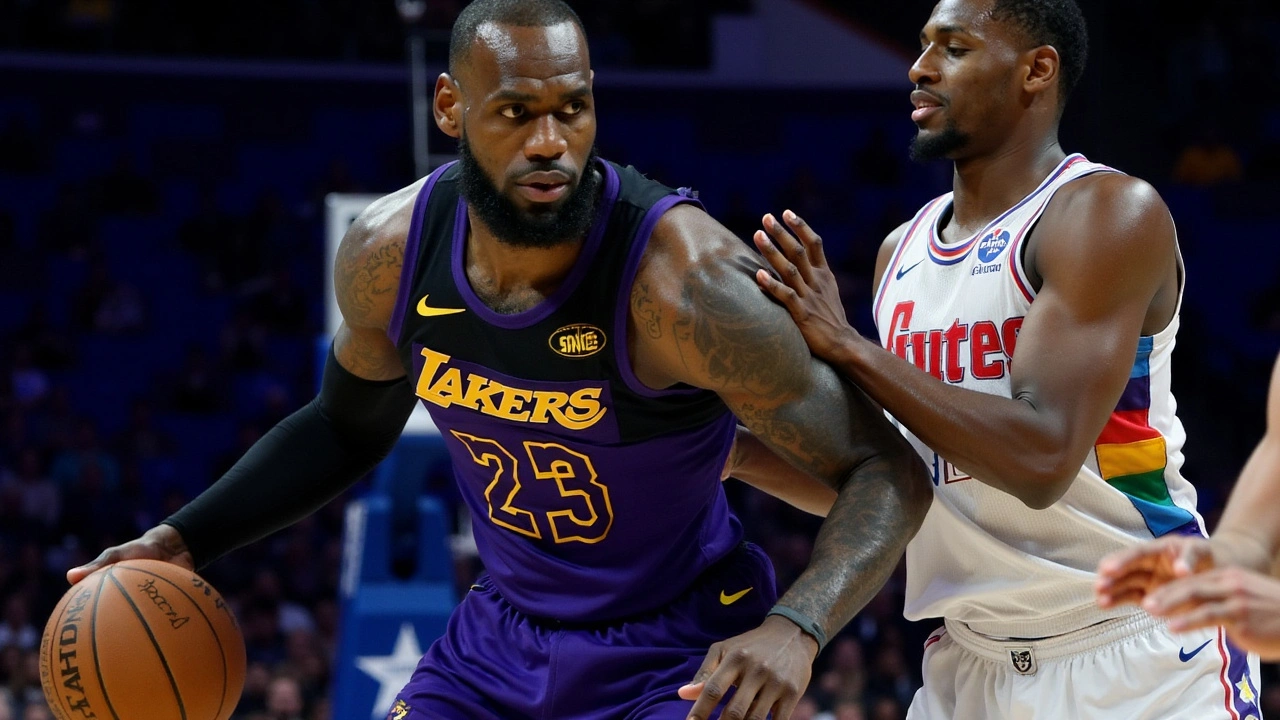NBA Odds: Read, Compare, and Bet Smarter
Odds tell you the price of a bet. Knowing how to read them and what actually moves lines separates casual guessers from consistent winners. This page gives straight, useful tips on American, decimal and fractional odds, spreads, totals, props, live markets and a few smart habits you can use right away.
How to read NBA odds fast
American odds are common in NBA betting. A negative like -140 means you must risk $140 to win $100. A positive like +240 means a $100 bet returns $240 profit. Want decimals? Convert -140 to 1.71 and +240 to 3.40. Point spreads level the game: if Boston is -6.5, they must win by 7+ for a bet on them to cash; the underdog +6.5 can lose by 6 or less and still win the bet. Totals (over/under) predict combined points. Props are player or team performance bets, like "Trae Young over 8.5 assists." Futures cover season-long outcomes — MVP, champs, or win totals.
What moves lines and where to find edges
Injuries and rest will move lines most often. A late scratch for a star will swing spread and total instantly. Pace matters: teams that run more create higher totals. Back-to-back schedules reduce energy and often lower spreads for road teams on the second night. Public money pushes popular teams; sharp money moves lines when big bettors or syndicates take a side. Track early lines across books and compare closing lines to spot where value lives.
Shop lines every day. A half-point on a spread or a 0.5 difference on totals can flip your long-term ROI. For example, betting Lakers -3.5 instead of -4.0 over many bets can save or win you enough to matter. Use at least two or three reputable sportsbooks and use the best available number — don’t stay loyal to one site if their line is worse.
Watch the vig (juice). Most books charge about -110 on spread and totals. That means betting $110 to win $100. Lower vig books or promos improve value. Also check market liquidity: sharp pools like BetMGM, DraftKings and Pinnacle often show better odds on niche markets like quarter lines or player props.
Simple strategies that help: 1) Bet less on games where you don’t have an edge, 2) Use a flat stake or a small percentage (1–3%) of bankroll per bet, 3) Record and review every bet weekly, and 4) Follow local beat reporters for real-time injury news — that info beats raw numbers.
Live betting is useful but risky. Use it to hedge or exploit clear momentum shifts, not to chase losses. Quick math and calm discipline win far more than gut reactions during a game.
Only bet what you can afford to lose. Set limits, take breaks, and seek help if gambling stops being fun. Use odds to find value, not just to pick favorites. Do that and your long-term chances get a real boost.
